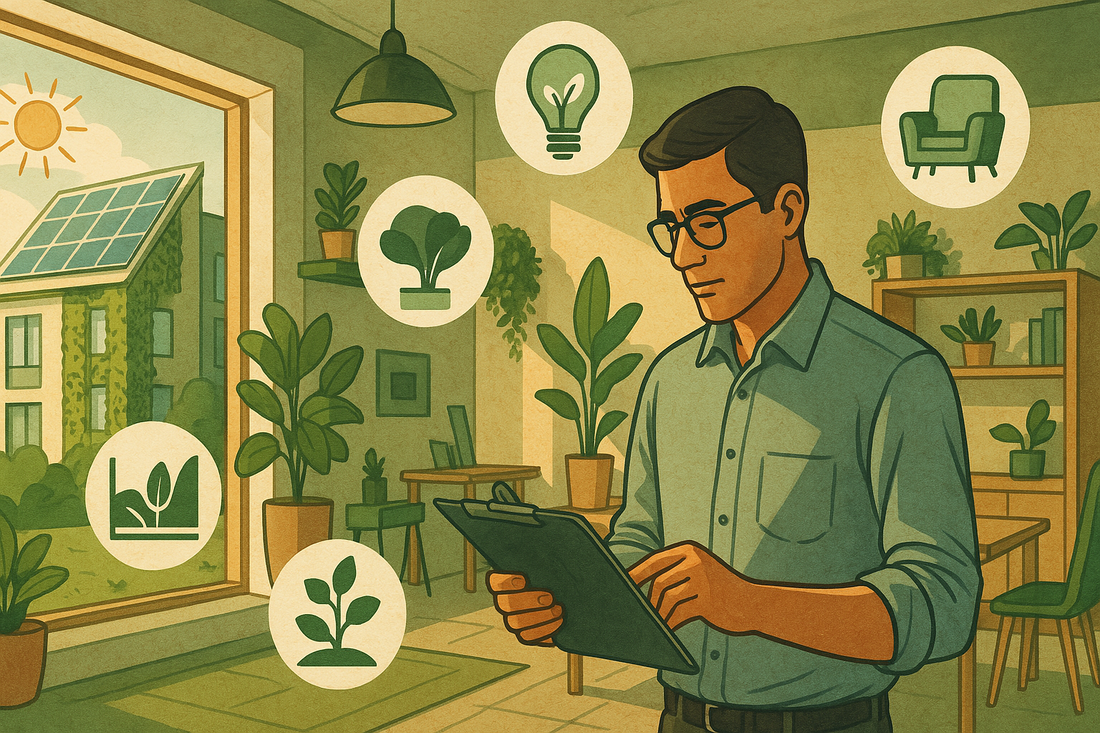
Is Your Design Really Sustainable?
The word "sustainable" is everywhere these days—especially in design. But how many of those designs are actually based on real sustainable strategies, not just marketing language?
Sustainability isn’t about adding a plant in the corner or using one eco-friendly material. It's about making informed decisions from the very beginning: How is the space lit? How is it furnished? Is every corner of the design truly functional, efficient, and built with long-term impact in mind?
Take lighting, for example. Natural daylight can reduce energy use and boost well-being, but only if it’s been properly studied. If you don’t know how much daylight your space gets—or how artificial lighting is distributed—your design might be beautiful, but not energy-efficient.
The same goes for furniture. Comfort doesn’t always come from more furniture, but from smart furniture placement. Oversized pieces, crowded layouts, and unused corners all signal a lack of planning—something sustainable design avoids.
A truly sustainable design starts early. It’s not something you "add" after construction. It's about using data, analysis, and intention from day one to shape healthier, more efficient, and longer-lasting spaces.
So before calling your space sustainable, ask yourself:
-
Were lighting levels studied?
-
Was furniture placement purposeful?
-
Did your designer provide thoughtful, evidence-based plans?
If the answer is no, you might not be as sustainable as you think.
Sustainability isn’t a look—it’s a process.
